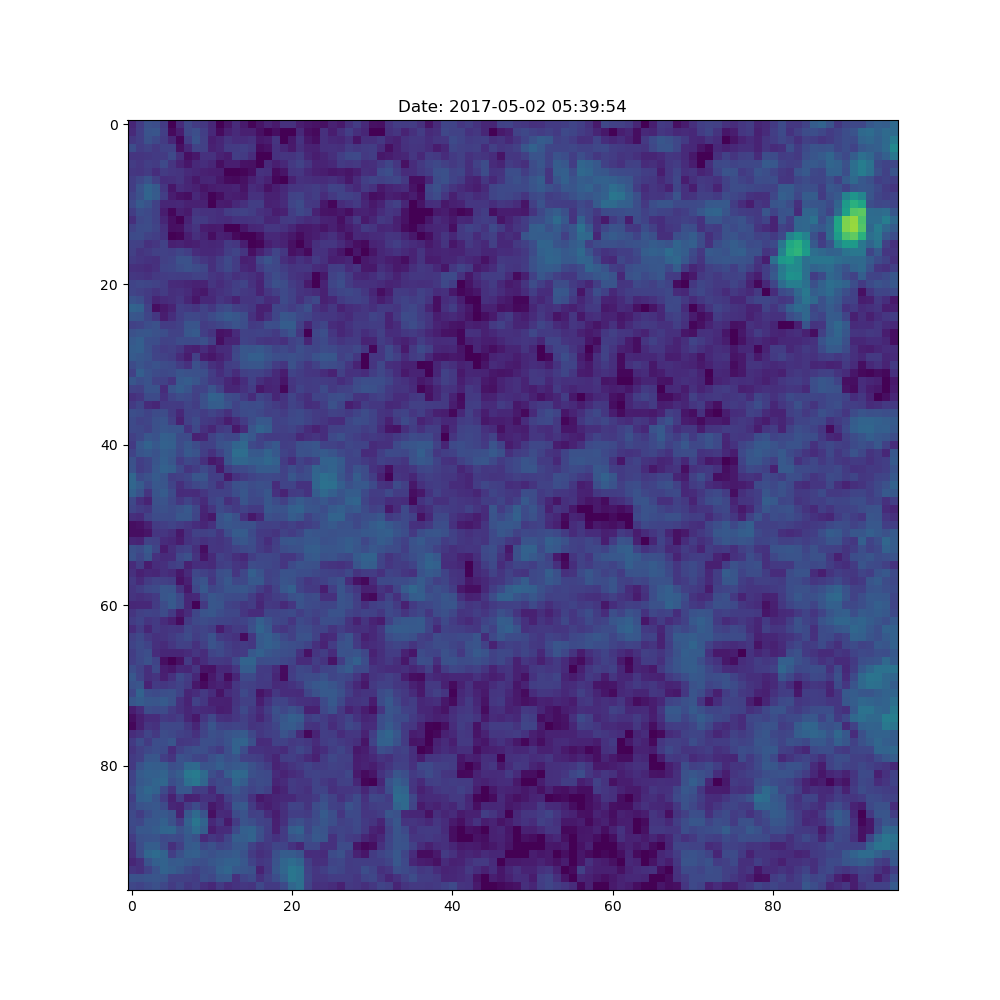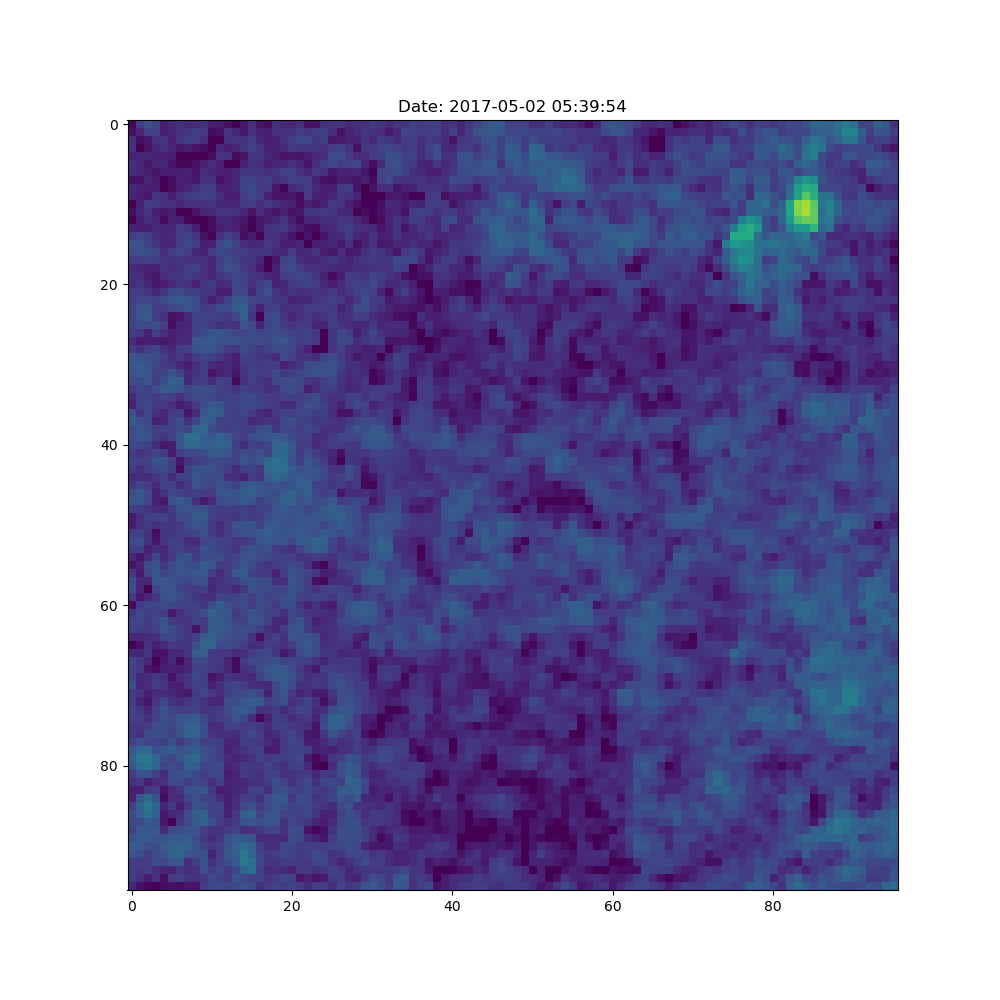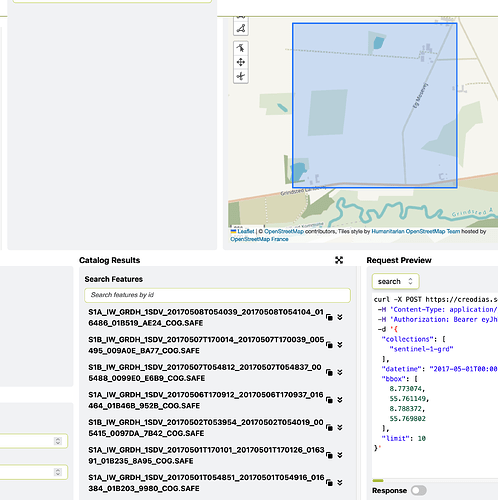Hi,
I am using the following code to get a time series of SAR data between 2017-05-01 to 2017-08-31 for a bbox which returns 41 images (e.g. for the dates MAY 1,2, 7,8, 13,14…). However, it appears that the images on may 1 and may 2, may 7 and may 8, etc., are shifted with respect to each other. But images for may 1, 7, 13, … are fine, and also may 2, 8, 14, … are also fine . Is it because the data on subsequent days is from two different platforms? If so, and if possible, how can I filter based on platform so that the data is consistent?
download_task = SentinelHubInputTask(
data_collection=DataCollection.SENTINEL1_IW_DES,
bands_feature=(FeatureType.DATA, “BANDS”),
resolution=10,
bands=[“VV”, “VH”],
time_difference=datetime.timedelta(minutes=120),
cache_folder=“cached_data”,
)
save = SaveTask(EOPATCH_FOLDER, overwrite_permission=OverwritePermission.OVERWRITE_FEATURES)
workflow_nodes = linearly_connect_tasks(
download_task,
save,
)
workflow = EOWorkflow(workflow_nodes)
time_interval = [“2017-05-01”, “2017-08-31”]
download_node = workflow_nodes[0]
save_node = workflow_nodes[-1]
bbox = BBox(((485760.0, 6179520.0), (486720.0, 6180480.0)), crs=CRS(‘32632’))
idx = 0
result = workflow.execute({
download_node: {“bbox”: bbox, “time_interval”: time_interval},
save_node: {“eopatch_folder”: f"eopatch_{idx}"},
})








